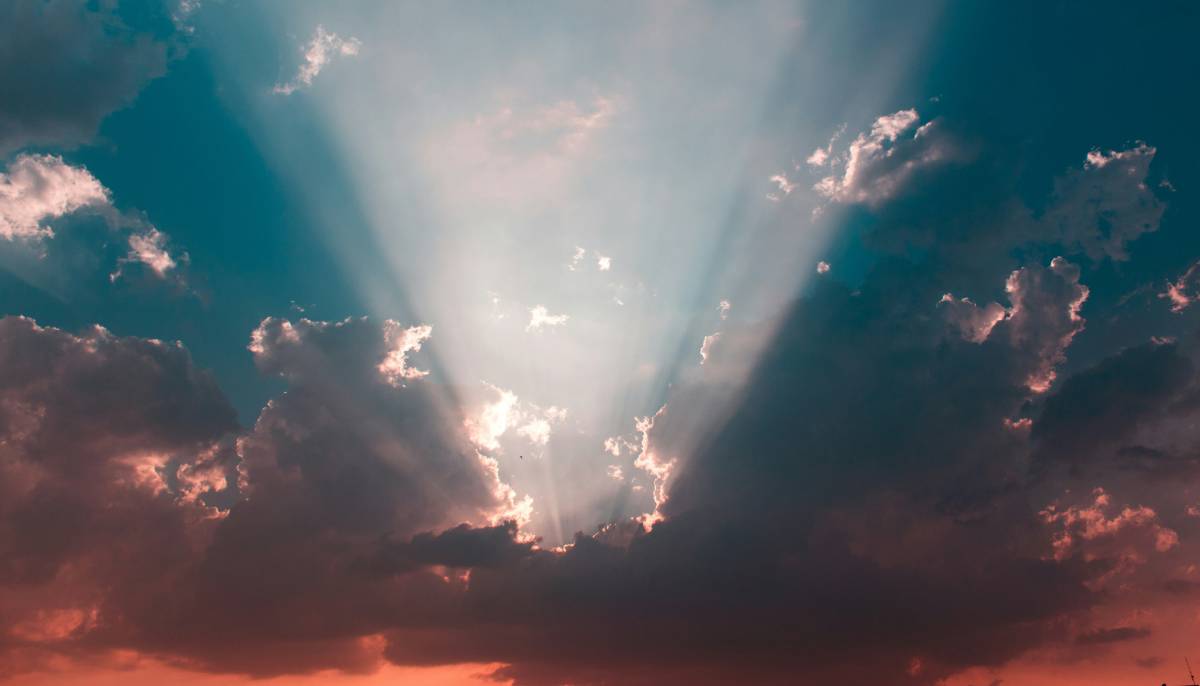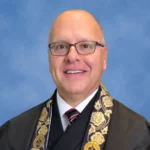Shinran Shonin (1173-1263) is the founder of Jodo Shinshu, also known as Shin Buddhism, one of the largest Buddhist schools in Japan. His teacher, Honen Shonin, was the founder of the branch of Pure Land Buddhism known as Jodo Shu. It was Honen who taught that the Pure Land Way is available to all beings. After Honen’s death, Shinran wrote his magnum opus, the Kyogyoshinsho, as both a defense of Honen’s teachings and as a very personal confession of his spiritual transformation. One might also say that Shinran took Honen’s teachings to their logical conclusion.
Facing a deep spiritual crisis, Shinran Shonin was desperate. He knew of only two paths: self-purification, and death. However, neither held any hope of awakening for him. The harder he tried to purify himself, the more impurities he found. He was heading in the wrong direction but did not know why. Shinran Shonin had to find another option. It was then that he met Honen Shonin.
Honen Shonin, as a follower of the “Pure Land Way” (Jodo Shu), taught that awakening is based on a path of understanding and not on a path of purification. It was simple. The traditional religious paradigm had merely been reversed. Buddhism was not a religion of good works but a religion of insight. At that moment that the two met, Shinran Shonin realized that during his twenty years at Mt. Hiei, he had been trying to acquire merit but was motivated by his own self-love. This was his moment of clarity. He had encountered not only “the true essence of the Pure Land Way” (Jodo Shinshu) but the true essence of Buddhism itself. Shinran Shonin realized that a practice based on self-love could never lead to selflessness.
A flash of inspiration came to Shinran Shonin from somewhere beyond his calculating mind: His goal now was not to be extraordinary but to be extra ordinary. He realized that the source of his problems was due to self-overestimation. The whole notion that his flawed self could purify itself was, itself, flawed. He gave up trying to pull himself up by his own bootstraps. His awakening had to depend on something beyond the self.
Shinran Shonin now had peace of mind. He knew that his path was now rightly determined based on a power beyond the self. The dharma was pulling him towards awakening rather than being acquired through his own efforts. Now “Right View” was possible. Awakening was no longer an act of self-purification but one of identification. Realizing one’s foolish self was itself awakening. Shinran realized that all beings are already accepted just as they are. Amida Buddha and the Pure Land was not a person, place or thing but rather a relationship with true reality. One that is the birthright of every individual.
Shinran Shonin could now look deeply within himself without being afraid of what he might find. When you can see yourself more clearly, then you can see the world around you more clearly.
Shinran Shonin was now completely free. However, this fundamental truth he had now experienced was beyond the limitations of words and concepts. The only way to express his experience was through the use of paradoxes. Paradoxes can lead to a deeper understanding as we roll them around and around in the mind over a long period of time. They are very much like a koan. The most famous of these paradoxes is the 18th vow of the Larger Sutra:
All sentient beings, as they hear the Name, realize one thought-moment of shinjin and joy, which is directed to them from Amida’s sincere mind, and aspiring to be born in that land, they then attain birth and dwell in the stage of non-retrogression. Excluded are those who commit the five grave offenses and those who slander the right dharma. (From The Collected Works of Shinran.)
Perhaps we realize insight when we realize we, too, are part of this excluded group. When we realize that we are foolish ordinary people just like everyone else. We have now realized clarity. Shinran states this very poetically in verses 7 and 9 of the Shoshinge.
When one thought-moment of joy and gratitude awakens in us,
We shall experience liberation without severing blind passions.
When ignorant and wise people, including grave offenders and slanderers of the Dharma, are in the grasp of the Vow,
They are like the waters that on entering the ocean become one in taste with it.
But just as the darkness of clouds and mists obscures the light of the sun,
Below the clouds we can still see the light, for the brightness cannot be undone.
When in the grasp of joyful entrusting our humble reverence is deep,
Over the five evil realms of existence, we crosswise and instantly leap.
But paradoxes can be very confusing if we do not know that they are paradoxes. Contributing to this confusion is the difference in the vocabulary and metaphors used by Shinran Shonin compared with those used by Shakyamuni. Although these differences can be easily explained away by recognizing the distance between these two teachers in terms of time, geography, and language, they can still be daunting to a newcomer.
Shinran Shonin also had never intended to start a new school called Jodo Shinshu. In fact, he’d never seen himself as a teacher. He was merely a student trying to learn what made Buddha the Buddha. No longer was it that the Buddha had created Buddhism; it was Buddhism that created the Buddha.
It is formless reality taking form to make itself known to sentient beings. It is the name Namoamidabutsu resonating within our hearts and minds that opens us to the external causes of awakening. The Buddha gave voice to this voiceless voice. In a sense, he was compelled to teach.
NOTHING TO DO
Impermanence and the deep yearning in us to relate the finite to the infinite have existed since beginningless time. This yearning is called hongan, the desire to find meaning. This is the birthright of all beings. It comes for free. There is nothing to do. This idea of “nothing to do” is sometimes referred to as “No Practice” but this does not mean that you do not have to do anything. This is because there are two kinds of practices. There is right practice, and there is wrong practice. Right practice is the practice that is generated beyond the calculating mind due to understanding. This understanding comes from merely listening to the dharma. When you walk in the rain you get wet. You do not need to worry about getting wet once you make the decision and the effort to go out into the rain.
This realization occurs in the here and now. Once on the path, your destination is assured. This is the path of the bodhisattva. This is Mahayana Buddhism. There is a oneness between foolishness and insight. They are not distinct. This helps explain how one can go from suffering to awakening. How an ignorant being can realize insight. It is not an ontological change but rather an epistemological one. It is a matter of seeing, not being. This resolves the apparent dualism when trying to explain how an unenlightened being can become an enlightened being.
We may be incapable of ridding ourselves of ego, but a deep understanding of the dharma helps. It is as if a very dark and cloudy day has been illuminated by the sunlight of the dharma. The ominous, dark clouds break up a bit. With this sunlight we see we no longer have to be frightened of the clouds. They are just clouds, neither good nor bad. They just are. Our burdens are no longer a burden to us when seen in this light.

